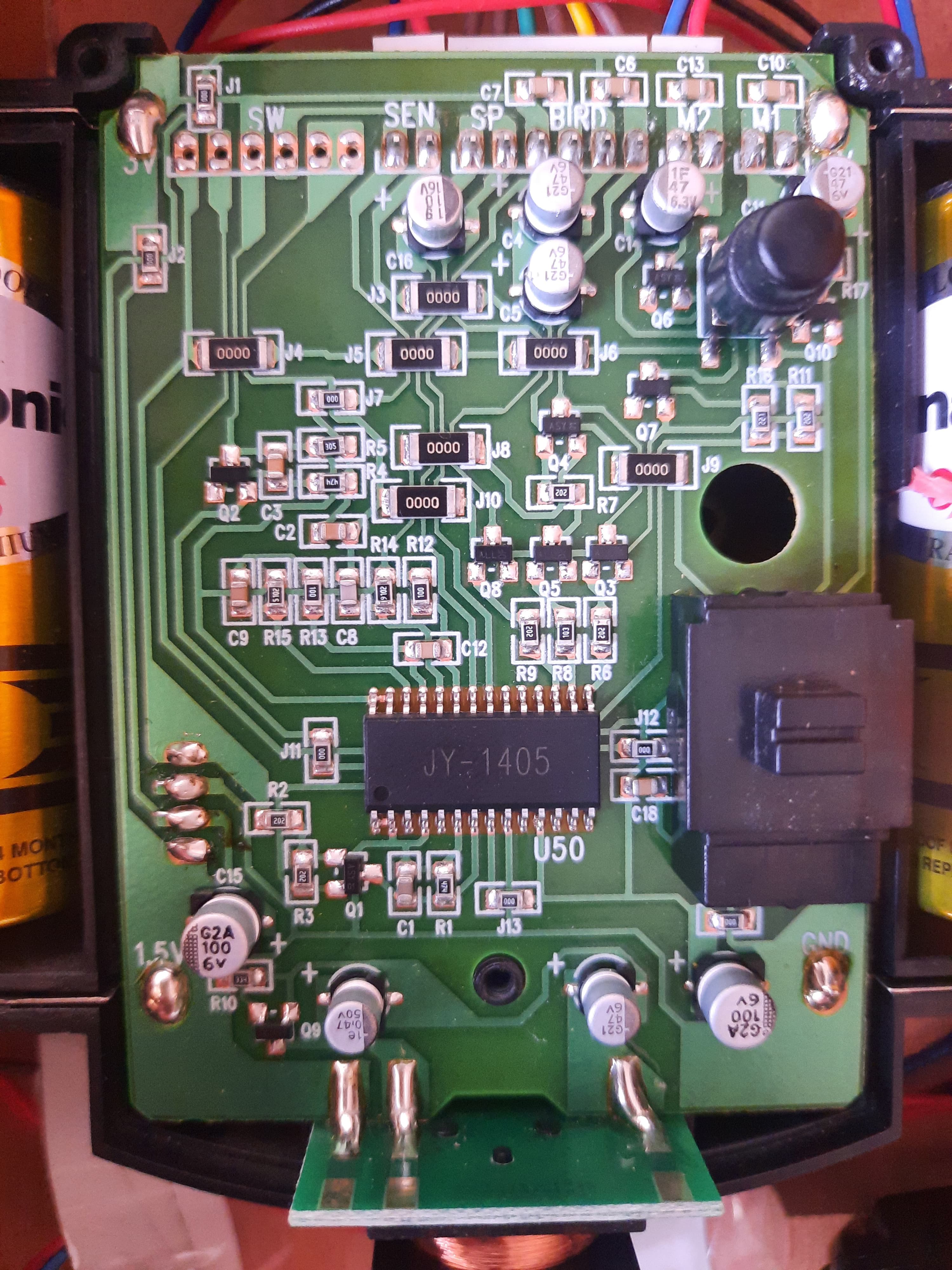This is an add-on amplifier and speakers I've installed in the hourly chiming cuckoo clock and attached clock speaker output as an input source to PAM8403.
Source: Circuits DIY - Simple PAM8403 Audio Amplifier Circuit
All is working great with quality sound, the only issue is with a power consumption of PAM8403 as after hourly chime there is no audio to play around the hour and 3 AA D size batteries power this circuit and that last longs around 80 hours only.
So my question is how can I cut-off the power supply to this circuit when no audio is playing, and turn it ON when audio starts at hourly chime which plays cuckoo strikes and some music for around 30 seconds?

Source: Amazon - CentloT - PAM8403 2 x 3W Amplifier Board

Source: Sunrom Electronics - Stereo Audio Amplifier - PAM8403








